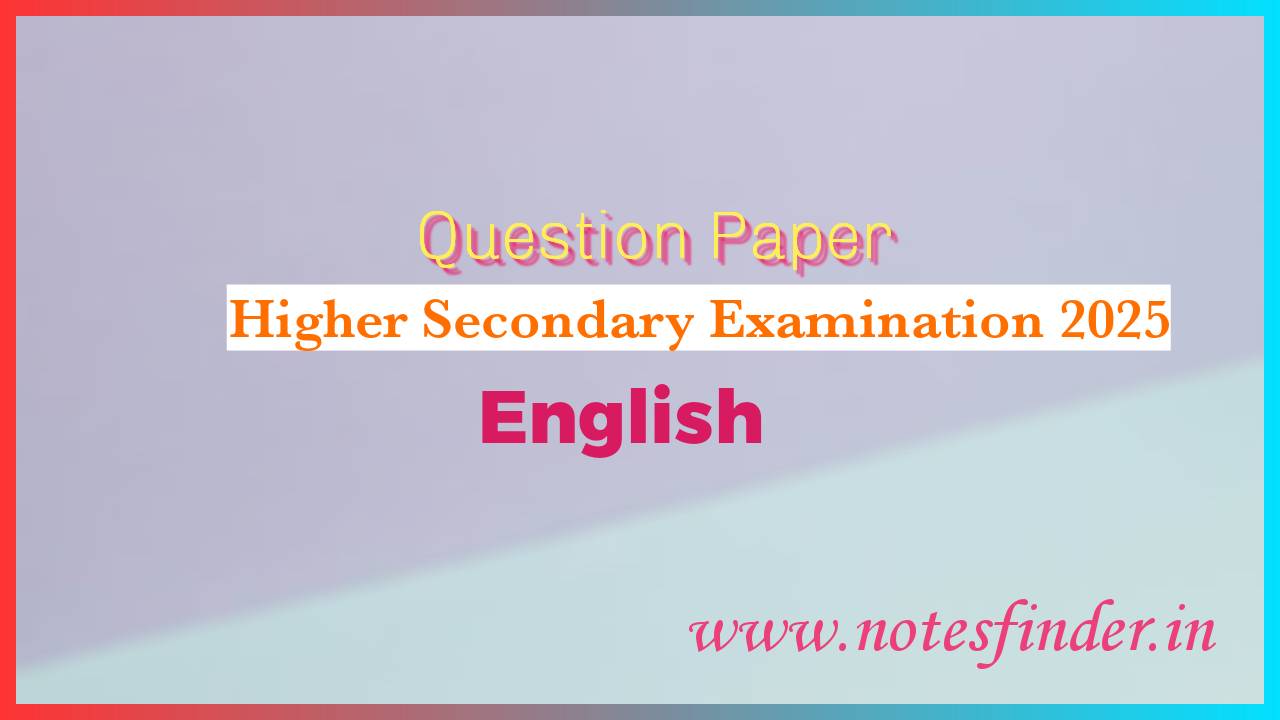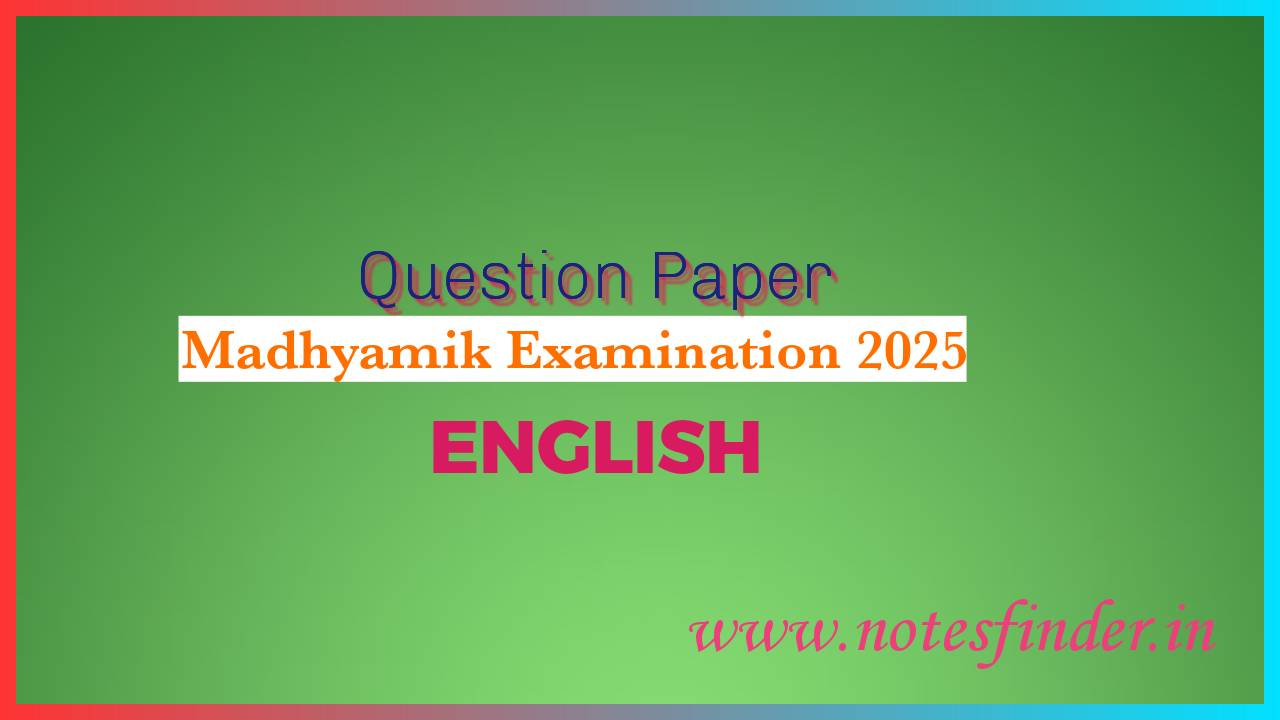1. What are the two elements in Swami’s consciousness as mentioned in the text?
A) Brahmajnani and Bhakti
B) Philosophical and Mystical
C) Spiritual and Practical
D) Brahmajnani and Worship of the Mother
Answer: D) Brahmajnani and Worship of the Mother
2. At what age did Swami develop the power of entering Samadhi?
A) Six
B) Eight
C) Ten
D) Twelve
Answer: B) Eight
3. Which religious ideas did Swami naturally gravitate towards?
A) Bhakti and Devotion
B) Ritualistic Worship
C) Abstract and Philosophical
D) Idolatrous
Answer: C) Abstract and Philosophical
4. Which organization did Swami become a formal member of in his youth?
A) Ramakrishna Mission
B) Arya Samaj
C) Sadharan Brahmo Samaj
D) Theosophical Society
Answer: C) Sadharan Brahmo Samaj
5. What was Swami’s only imperative and system of doctrine?
A) Bhakti Yoga and Bhagavad Gita
B) Realisation of Brahman and Advaita philosophy
C) Karma Yoga and Mahabharata
D) Bhakti and Puranas
Answer: B) Realisation of Brahman and Advaita philosophy
6. Which scriptures were Swami’s sole scriptural authority?
A) Ramayana and Mahabharata
B) Puranas and Smritis
C) Vedas and Upanishads
D) Bible and Quran
Answer: C) Vedas and Upanishads
7. What word was forever on Swami’s lips in India?
A) Brahman
B) Mother
C) Samadhi
D) Dharma
Answer: B) Mother
8. To whom did Swami attribute the good or evil that befell him?
A) His Guru
B) Himself
C) The Mother
D) Fate
Answer: C) The Mother
9. What kind of prayer did Swami entrust to a disciple?
A) A prayer for health
B) A prayer to the Mother that acted as a veritable charm
C) A prayer for wealth
D) A prayer for knowledge Answer: B) A prayer to the Mother that acted as a veritable charm
10. How did Swami instruct the disciple to say the prayer to the Mother?
A) Politely and humbly
B) With reverence and devotion
C) Cringing and pleading
D) With assertiveness, making Her listen
Answer: D) With assertiveness, making Her listen
11. What did Swami often break out with?
A) Chants and mantras
B) Philosophical debates
C) New fragments of description
D) Stories and parables
Answer: C) New fragments of description
12. What was the left hand of the Mother holding, according to Swami?
A) A lotus
B) A conch shell
C) A sword
D) A book
Answer: C) A sword
13. What phrase did Swami use to describe the Mother’s curse?
A) A curse of despair
B) Her curse is punishment
C) Her curse is blessing
D) A curse of anger
Answer: C) Her curse is blessing
14. Where does the blood red knife of Kali flash, according to Swami?
A) In the battlefield
B) In the heart of Her enemies
C) Deep in the heart of hearts of Her own
D) In the temple
Answer: C) Deep in the heart of hearts of Her own
15. Which geographical regions are mentioned where Swami did not preach on special forms?
A) India and Nepal
B) Sri Lanka and Bangladesh
C) England and America
D) China and Japan
Answer: C) England and America
16. What is a key characteristic of Swami’s description of the Mother’s blessing?
A) It is conditional
B) It is immediate
C) It is hidden in Her curse
D) It is always positive
Answer: C) It is hidden in Her curse
17. What was Swami’s frequent emotional state when discussing the Mother?
A) Calm and detached
B) Logical and analytical
C) Intense and passionate
D) Fearful and anxious
Answer: C) Intense and passionate
17. What did the Swami frequently say he worshipped?
A) The Benevolent
B) The Joyful
C) The Terrible
D) The Merciful
Answer: C) The Terrible
18. What did the Swami believe some people are born to seek after?
A) Pleasure
B) Wealth
C) Knowledge
D) Pain
Answer: D) Pain
19. How did the Swami respond to difficulties about animal sacrifice in the temple?
A) With detailed arguments
B) With silent contemplation
C) With a simple statement
D) By ignoring the topic
Answer: C) With a simple statement
20. What was the Swami’s direct reply to objections about animal sacrifice?
A) “It is unnecessary.”
B) “Why not a little blood, to complete the picture?”
C) “We should stop it.”
D) “It is a sacred tradition.”
Answer: B) “Why not a little blood, to complete the picture?”
21. What did the Swami never tolerate in Kali worship?
A) Chanting hymns
B) Blood offering to demons
C) Offering flowers
D) Lighting lamps
Answer: B) Blood offering to demons
22. What was the Swami’s goal in recognizing the Mother?
A) To gain power
B) To learn patience
C) To banish fear and weakness
D) To achieve wealth
Answer: C) To banish fear and weakness
23. What did the Swami think about worship that is devoted to the kind God and consoling Divinity?
A) It is the highest form of worship
B) It is necessary for peace
C) It is merely ‘shop-keeping’
D) It is the only true worship
Answer: C) It is merely ‘shop-keeping’
24. What did the Swami believe was the true attitude for the mind and will?
A) Seeking comfort and happiness
B) Embracing life and joy
C) Seeking death and becoming one with the Terrible
D) Achieving wealth and power
Answer: C) Seeking death and becoming one with the Terrible
25. What did the Swami emphasize about the necessity of taking on the Indian consciousness?
A) It was optional
B) It was necessary for understanding his teachings
C) It was only for the devout
D) It was irrelevant
Answer: B) It was necessary for understanding his teachings
26. What was the Swami’s reaction to the suggestion that Kali is the Vision of Siva?
A) He dismissed it
B) He angrily refuted it
C) He gently encouraged the expression of the idea
D) He elaborated on it
Answer: C) He gently encouraged the expression of the idea
27. What did the Swami say about Ramakrishna Paramahamsa’s teaching on religion?
A) It was unique in teaching to speak to all men in their own language
B) It was the same as other teachers
C) It was focused only on one religion
D) It was not applicable to everyone
Answer: A) It was unique in teaching to speak to all men in their own language
28. What instruction did the Swami give about foreign friends attending the lecture at Kalighat?
A) They should be seated separately
B) They could keep their shoes on
C) They must remove their shoes and sit on the floor
D) They should not attend
Answer: C) They must remove their shoes and sit on the floor
29. What was Swami’s position regarding Brahman and the gods?
A) He did not believe in them
B) He believed in Brahman and the gods, and not in anything else
C) He believed only in Brahman
D) He believed only in the gods
Answer: B) He believed in Brahman and the gods, and not in anything else
30. What did the Swami initially hate, which led to his six years’ fight?
A) The concept of Advaita
B) Worship of Kali
C) Meditation practices
D) Ritualistic ceremonies
Answer: B) Worship of Kali
31. What ultimately made the Swami accept Kali?
A) Fear of repercussions
B) Love and dedication to Ramakrishna Paramahamsa
C) Intellectual understanding
D) Desire for power
Answer: B) Love and dedication to Ramakrishna Paramahamsa
32. What did Swami see in Ramakrishna Paramahamsa that helped him accept Kali?
A) His knowledge
B) His purity and love
C) His wealth
D) His position and power
Answer: B) His purity and love
33. What realization did the narrator come to regarding religions during a deathscene?
A) Religions are universal truths
B) Religions are only languages
C) Religions are irrelevant
D) Religions are divisive
Answer: B) Religions are only languages
34. How did the Swami feel about the intellectual difficulty of reconciling Motherworship with Vedantic theory?
A) He found it easy
B) He thought it was unimportant
C) He believed it was incompatible
D) He believed it could be reconciled through understanding
Answer: D) He believed it could be reconciled through understanding
35. What did the Swami call those who fearfully worship the Mother and call Her ‘the Merciful’?
A) Devotees
B) Fools
C) Disciples
D) Saints
Answer: B) Fools
36. What was the Swami’s view on recognizing the Mother in all aspects of life?
A) Only in joy and sweetness
B) Only in sorrow and terror
C) In both good and evil, terror and joy
D) Only in neutrality
Answer: C) In both good and evil, terror and joy
37. What is the secret that will die with the speaker?
A) A hidden treasure
B) A personal misfortune
C) An opportunity and a great misfortune
D) A powerful spell
Answer: C) An opportunity and a great misfortune
38. Who made the speaker a slave, according to the text?
A) Ramakrishna Paramahamsa
B) Kali
C) Guru Nanak
D) Brahman
Answer: B) Kali
39. How long did Ramakrishna Paramahamsa live after making the speaker a slave to the Mother?
A) One year
B) Two years
C) Three years
D) Six months
Answer: B) Two years
40. Who did Guru Nanak pass his power to?
A) His eldest son
B) A boy he found
C) His wife
D) Ramakrishna Paramahamsa
Answer: B) A boy he found
41. What does the speaker believe about the great Power that thinks of Herself as feminine?
A) It does not exist
B) It is called Kali, and Mother
C) It is a symbol
D) It is an illusion
Answer: B) It is called Kali, and Mother
42. What analogy does the speaker use to describe the relationship between Brahman and the gods?
A) Cells in a body
B) Stars in the sky
C) Drops in the ocean
D) Leaves on a tree
Answer: A) Cells in a body
43. What did the speaker say about the gods after returning from a pilgrimage in Kashmir?
A) They are symbols
B) They do not exist
C) They are forms that the bhaktas have seen
D) They are myths
Answer: C) They are forms that the bhaktas have seen
44. What did Sri Ramakrishna sometimes speak of coming out of samadhi?
A) The future
B) The past experiences of the soul within him
C) The nature of the universe
D) The teachings of the Gita
Answer: B) The past experiences of the soul within him
45. What struggle is described as occurring in great souls?
A) The struggle between good and evil
B) The correlation and mutual adjustment of different realisations of different times
C) The battle for power
D) The quest for knowledge
Answer: B) The correlation and mutual adjustment of different realisations of different times
46. According to the text, what must happen to the conceptions of the Mother and Brahman?
A) They must remain separate
B) One must melt into the other
C) They must both be abandoned
D) They must be worshipped equally
Answer: B) One must melt into the other
47. What marked an epoch for the narrator?
A) A lecture at Kalighat
B) A conversation about the Mother and Brahman
C) A pilgrimage to Amarnath
D) Meeting Guru Nanak
Answer: B) A conversation about the Mother and Brahman
48. What is the final explanation of Kali the Mother, according to the Swami?
A) She is a myth
B) She is a symbol of fear
C) She is the worship of the Indian future
D) She is a manifestation of Brahman
Answer: C) She is the worship of the Indian future
49. What realization will each man have when his hour comes, according to the Swami?
A) Life is eternal
B) Life was but a dream
C) Life is a struggle
D) Life is full of pain
Answer: B) Life was but a dream
50. What are the words from the Gita mentioned in the text?
A) “Not, verily, by avoiding action, can a man rise to this inaction!”
B) “Through love and devotion, one finds peace.”
C) “By meditation, one achieves enlightenment.”
D) “Through struggle, one finds victory.”
Answer: A) “Not, verily, by avoiding action, can a man rise to this inaction!”
51. What does the Swami believe about the path to Brahman?
A) It can be reached through avoiding action
B) It can be reached without experience
C) It can only be reached through experience
D) It is impossible to reach
Answer: C) It can only be reached through experience
52. How did the Swami describe the struggle between personal and impersonal concepts of God?
A) They are easily reconciled
B) They cannot coexist
C) The impersonal God, seen through the mists of sense, is personal
D) The personal God is more important
Answer: C) The impersonal God, seen through the mists of sense, is personal
53. What did the narrator realize about the Swami’s life and thought?
A) It was simple and straightforward
B) It was full of contradictions
C) It was a turning of the pages of the book of experience
D) It was a path to material success
Answer: C) It was a turning of the pages of the book of experience
54. What poem does the speaker reference before discussing his position about Brahman and the gods?
A) The Bhagavad Gita
B) The Ramayana
C) The Guardian Angels by Colonel Hay
D) The Divine Comedy by Dante
Answer: C) The Guardian Angels by Colonel Hay



